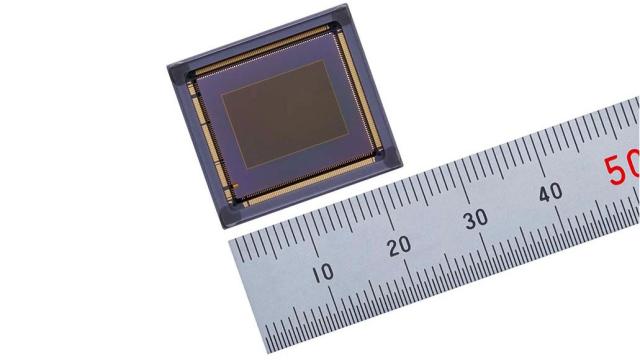For now, there’s really only one way to capture an HDR image when lighting conditions vary wildly across the frame: you take multiple shots with different exposures, and then assemble a final composite using the properly exposed areas from the various images. But that could soon be on the way out, with a new Canon sensor allowing for multiple exposure settings across different regions of the sensor.
The cameras in most modern smartphones now completely automate the process of creating a high dynamic range — or HDR — image, quickly capturing a series of images with just a single shutter press, and then using intelligent image processing to automatically merge them into a final picture where everything in the shot appears properly exposed. Even digital cameras can automate it to some degree through exposure bracketing and automated software in post-production.
Capturing HDR images this way requires fairly controlled conditions, including a subject that doesn’t move between multiple exposures, and some decent processing power to automatically churn out composites after the fact. Canon’s new sensor does away with all those limitations.
Instead of capturing a series of images with varying exposures, the new 12.6MP (4,152 x 3,024), one-inch, back-illuminated stacked CMOS sensor is divided up into 736 smaller regions that can each capture a small part of the larger frame at a different exposure. The way camera sensors work now, the exposure is a global setting for every pixel, but here, different regions of the sensor can be adjusted to account for either a lack or abundance of light.

Canon initially developed this sensor for use in more industrial applications, such as security cameras, but it helps illustrate the usefulness of this new approach. Capturing an image of a car that’s halfway through leaving a parking lot poses a big challenge, as the front end of the vehicle is illuminated by the bright sun while the back half of the vehicle is still bathed in shadows.
Trying to capture an image that properly exposes the entire vehicle, including a legible licence plate and a visible driver, using conventional camera technology is impossible without multiple exposures. But Canon’s new sensor works alongside dedicated image processing CPUs to simultaneously calculate and set the exposure for all 736 regions of the sensor at once, producing an image where all parts of the car are properly exposed. The system also works fast enough to capture video at up to 60 frames per second.
The other advantage to a sensor that can handle multiple exposures at once is that it greatly reduces the amount of data being moved around, so it’s potentially more cost-effective when it comes to its back-end hardware needs. Again, a benefit that primarily benefits industrial uses of this technology, but it’s not hard to image a sensor like this eventually finding its way into consumer devices, taking a camera’s auto-exposure functionality and making it completely idiot-proof.
